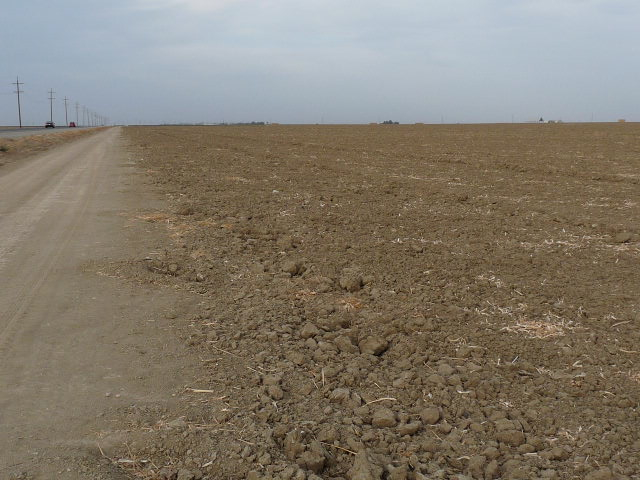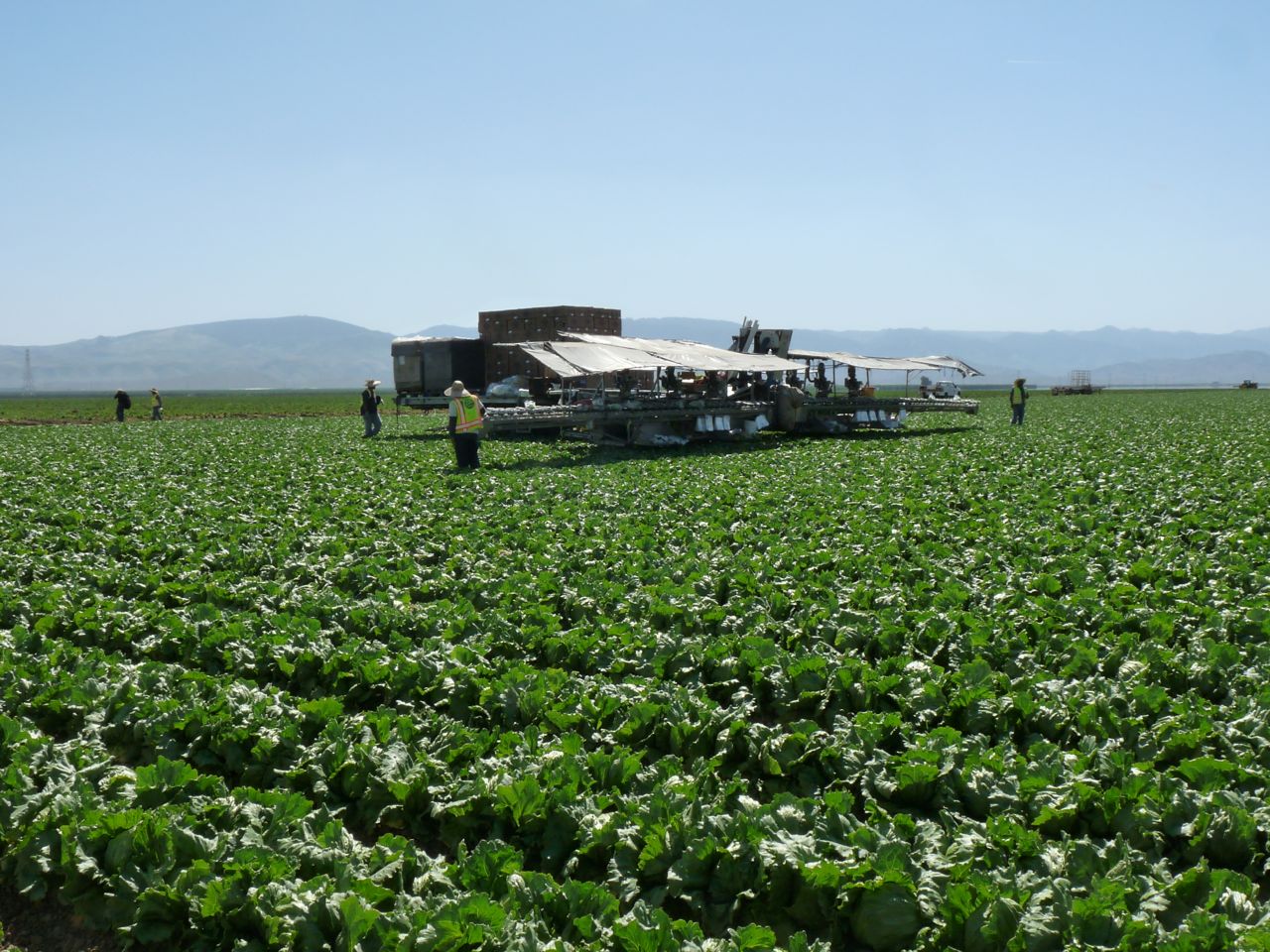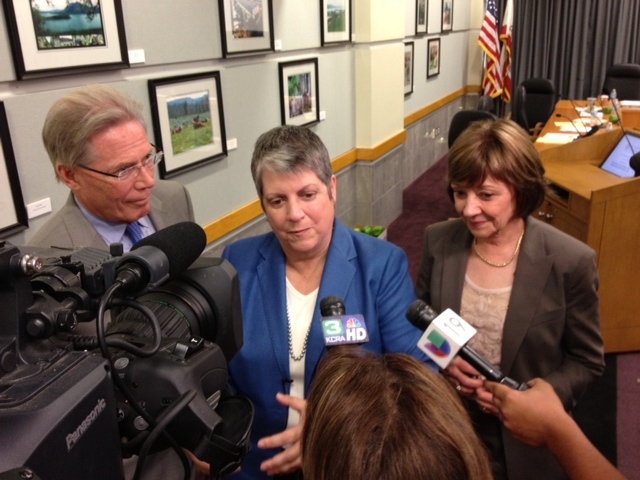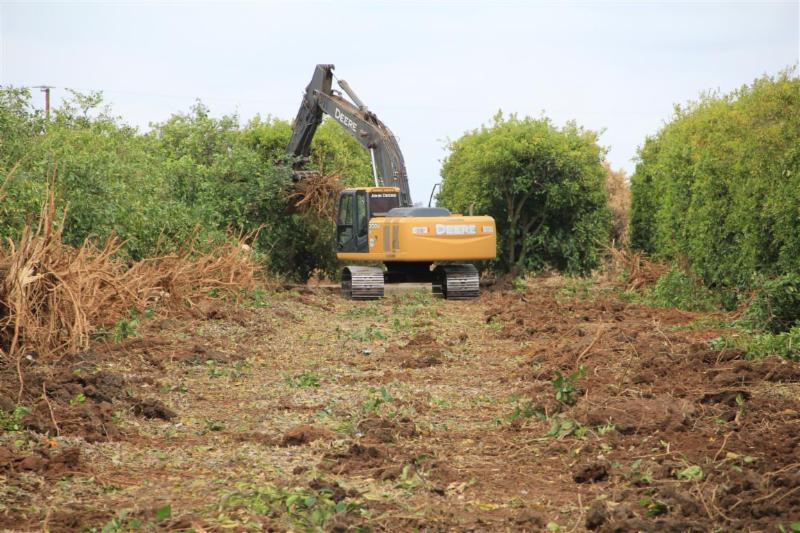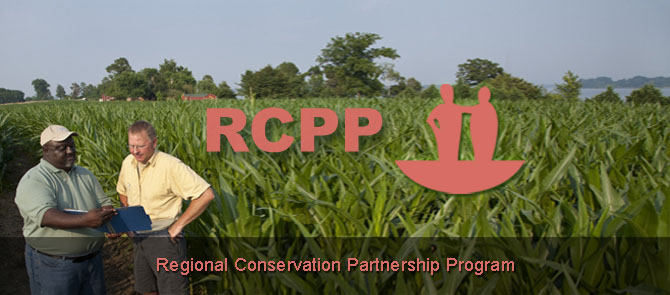Fresno County Crop Value Drops to $6.43 Billion
For the first time in history, Fresno County has two $1 billion crops, and for the first time in 11 years, grapes are not the #1 crop. Now almonds are the top crop produced in Fresno County with a value of $1.1 billion, with grapes coming in second at $1.03 billion. However, despite these highlights, Fresno County crop value in 2013 was $6.436 billion in gross production—a decrease of 2.28 percent of 2012.

Fresno Ag Commissioner Les Wright
As it stands now, Fresno County loses it’s #1 position as top agricultural county in the nation, dropping behind Tulare County, which recently announced a $7.8 billion 2013 crop year. It could get worse when Kern County releases their report in August.
“Much of the decrease can be attributed to the shortage of water,” said Les Wright, Fresno County Ag Commissioner. “The impacts of drought began to show on our 2012 crop report with decrease of 2.29 percent from 2011. Producers are feeling the affects of the water shortage more in 2014 than in the previous two yeas.”
Water shortages in Fresno County with a large part of the West Side dependent on both state and federal surface water deliveries have meant the annual crop report’s gross value of production has dropped three years in a row.
Details of the 2013 report include an increase of fresh vegetable production in 2013 by 3.8 percent in value led by garlic and fresh market tomatoes, while livestock and poultry decreased in value by more than 16 percent.
Field crops, representing barley, wheat, corn silage, cotton an alfalfa declined nearly 42 percent, while fruit and nut crops increased more than 8 percent.
Wright noted that Fresno County growers exported nearly 26,000 shipments to 99 different countries. “This tells us that we are still feeding the world,” said Wright.
“Once we get water back, we are going to see our ag economy rebound,” said Wright. “Just give the farmers water and they will do the rest.”

